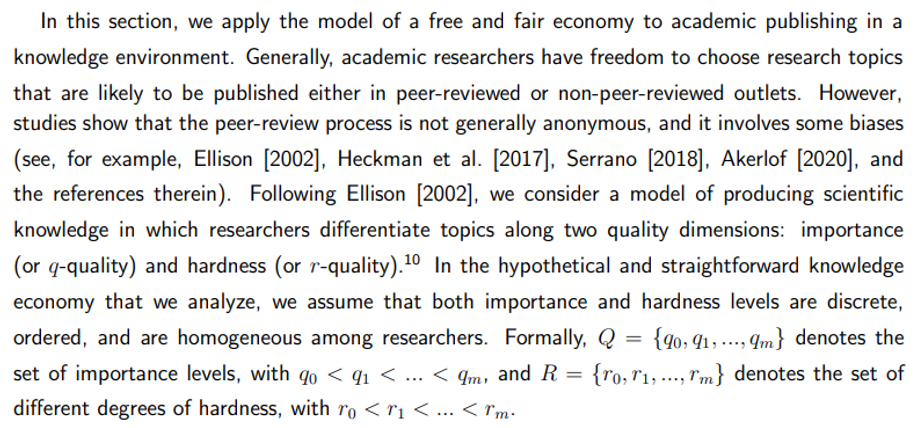Corporate Crypto Treasury Model: Unveiling the Perilous Path to Collapse
BitcoinWorld
Corporate Crypto Treasury Model: Unveiling the Perilous Path to Collapse
The buzz around companies holding significant cryptocurrency reserves, a strategy often dubbed the corporate crypto treasury model, is facing a stark reality check. What was once seen as an innovative approach to corporate finance is now reportedly showing critical signs of collapse, according to a recent Financial Times report. This shift marks a pivotal moment for businesses that embraced digital assets as a core part of their balance sheets.
What’s Driving the Shift Away from Corporate Crypto Treasury?
Initially, the idea of a Digital Asset Treasury (DAT) gained considerable traction, promising new avenues for growth and hedging against inflation. However, the landscape has changed dramatically. The primary driver behind this apparent reversal is the significant drop in the value of these crypto holdings, often falling below the companies’ average purchase prices.
Instead of continuing to accumulate digital assets, many firms are now pivoting their financial strategies. The Financial Times highlighted that at least seven companies have recently initiated share buybacks. This move is a traditional method used to boost stock prices and return value to shareholders, starkly contrasting the earlier enthusiasm for token purchases under the corporate crypto treasury model.
The Perils of a Digital Asset Treasury Strategy
The report suggests that companies with substantial crypto reserves are not only struggling with falling asset values but are also becoming attractive acquisition targets. This indicates a broader re-evaluation of the DAT model’s sustainability. Consider the recent acquisition of Nasdaq-listed medical technology company Semler Scientific (SMLR) by U.S. asset manager Strive. Semler Scientific famously held 5,816 BTC, valued at an impressive $675 million, making it a prime example of a company with a significant corporate crypto treasury.
This trend, where firms with large crypto holdings are being acquired, further signals a potential end to the widespread adoption of the DAT model. The publication also critically described many adopters of this strategy as:
- Shell companies with minimal or no operating profit.
- Firms whose stock prices were primarily driven by the fluctuating value of their token holdings rather than fundamental business performance.
Such observations raise serious questions about the long-term viability and strategic rationale behind maintaining a substantial corporate crypto treasury without robust underlying operations.
Expert Insights on the Future of Corporate Crypto Treasury
The rapid rise and potential fall of this strategy have not gone unnoticed by industry experts. Elliot Chun, a partner at the crypto advisory firm Architect Partners, remarked that discussions about the model’s downfall are already prevalent, despite its popularity surging just six months prior. This rapid turnaround underscores the volatile and unpredictable nature of integrating digital assets into corporate finance.
Chun’s prediction is clear: very few companies will ultimately succeed with the corporate crypto treasury strategy. He points out a significant shift in corporate behavior, where many of these firms are now actively raising funds for share buybacks instead of making further token purchases. This strategic pivot directly contradicts the foundational principles of the DAT strategy, highlighting a clear departure from earlier ambitions.
Rethinking the Corporate Crypto Treasury: A New Era?
The implications of this shift are profound. It suggests a growing realization among corporate leaders that relying heavily on volatile digital assets for stock valuation or treasury management carries substantial risks. The market appears to be distinguishing between companies with genuine operational profits and those whose valuations are primarily speculative, tied to crypto prices.
For businesses considering or currently employing a corporate crypto treasury model, this serves as a crucial wake-up call. It emphasizes the need for a balanced approach, robust risk management, and a clear alignment between digital asset holdings and core business objectives. The era of simply accumulating crypto without a sustainable operational framework may indeed be drawing to a close, paving the way for more prudent and integrated strategies.
In conclusion, the journey of the corporate crypto treasury model, from a trending innovation to a strategy showing signs of collapse, offers valuable lessons. It highlights the inherent volatility of the crypto market and the importance of fundamental business strength over speculative asset holdings. As companies re-evaluate their financial blueprints, the emphasis is shifting back towards strategies that ensure long-term stability and shareholder value through proven operational success, rather than solely through digital asset accumulation. The market is evolving, and with it, corporate financial strategies must adapt to navigate these complex waters effectively.
Frequently Asked Questions (FAQs)
What is a Digital Asset Treasury (DAT)?
A Digital Asset Treasury (DAT) is a corporate strategy where companies hold significant reserves of cryptocurrency on their balance sheets, often as a treasury management or investment approach.
Why are companies abandoning the corporate crypto treasury model?
Companies are reportedly abandoning this model due to falling cryptocurrency values, which have often dropped below their average purchase prices, making the holdings less valuable. Many are pivoting to traditional share buybacks instead.
What are share buybacks and why are companies using them?
Share buybacks are when a company repurchases its own shares from the open market. Companies use them to reduce the number of outstanding shares, which can boost earnings per share and increase the stock price, signaling confidence to investors.
What does the Semler Scientific acquisition signify for the DAT model?
The acquisition of Semler Scientific, a company known for its substantial Bitcoin holdings, suggests that firms with large crypto treasuries might become attractive targets for acquisition, further signaling a re-evaluation of the DAT model’s standalone viability.
Is the corporate crypto treasury model completely dead?
While showing significant signs of collapse and facing expert skepticism, the model may not be entirely dead. However, its widespread adoption is likely to diminish, with a focus shifting towards more robust, operationally-backed strategies rather than speculative crypto holdings.
If you found this analysis insightful, consider sharing it with your network! Stay informed on the latest trends in corporate finance and the cryptocurrency market by spreading the word.
To learn more about the latest crypto market trends, explore our article on key developments shaping corporate crypto treasury corporate finance.
This post Corporate Crypto Treasury Model: Unveiling the Perilous Path to Collapse first appeared on BitcoinWorld.
You May Also Like

Wormhole launches reserve tying protocol revenue to token

Hong Kong’s Payment Card Usage Sees Significant Growth in Q2 2025
